For much of 1517 Michelangelo Buonarroti was busy quarrying marble in the mountains near Carrara. From time to time, however, he received letters relating how his affairs were going in Rome. These contained updates on — among other matters — how his friend and collaborator Sebastiano del Piombo was getting on with a big altarpiece which he hoped, with Michelangelo’s help, would vanquish their joint rival, Raphael.
This picture, ‘The Raising of Lazarus’, has been in the National Gallery for almost 200 years now (it is No. 1 in the inventory of the collection). Next March it will be one of the centrepieces in an ambitious exhibition that inaugurates the new North Galleries, Michelangelo & Sebastiano: A Meeting of Minds (15 March–25 June).
This will assemble an impressive array of works by Sebastiano, plus two early, unfinished Michelangelo panel paintings from its own collection, drawings, plaster casts of his sculpture and one, poignant marble: the first version of the Risen Christ abandoned because of a nasty black flaw in the stone and finished unsympathetically in the 17th century.
Altogether, it should make for an intriguing mixture, but visually much of the heavy-lifting will fall on Sebastiano — a fascinating painter but not a superstar in art history. In the early 16th century, Raphael, eventually, was considered the victor. Will the public be more convinced by Sebastiano today?
The year 1917 saw not one but two Russian revolutions: in February and October. It is possible — who knows? — that 2017 might see some comparably startling reversals of the status quo. One thing, at least, is for sure. In London, there will be two Russian revolutionary exhibitions on offer. Wisely, the Royal Academy gets its one in first.
Revolution: Russian Art 1917–1932 (11 February–17 April) is one of the big shows of the spring. The painting and sculpture of that time and place, like the politics, held out the possibility of a new and better world. In the event, geometric abstraction was no more able to deliver paradise on earth than Bolshevik economics. By and by the commissars cracked down on the modern artists, preferring, in their philistine way, figurative representations of heroic workers.
The rival Red Star Over Russia (8 November–18 February 2018) at Tate Modern is devoted mainly to posters, photographs and works on paper. But Tate keeps the Russian theme going with a concurrent exhibition devoted to the contemporary artists Ilya and Emilia Kabakov (18 October–28 January 2018). This is an ironic piece of programming, since the installations in which the Kabakovs specialise are often concerned with the life and death of the Soviet Union: a society, they point out, that simply disappeared.
The art of the USA is a theme of 2017, as well as that of the USSR. Upstairs in the Sackler Galleries, above its Russian blockbuster, the RA will present America after the Fall: Painting in the 1930s (25 February–4 June). This takes a look at the art of the Great Depression. Edward Hopper and early Jackson Pollock are included, plus examples of work by Thomas Hart Benton and Grant Wood. The latter’s ‘American Gothic’ (1930) is, for good or ill, almost as familiar as Munch’s ‘The Scream’. Whether it’s a masterpiece or a cliché is less clear.
Unexpectedly, the British Museum abandons the ancient world to make a foray into the avant-garde with The American Dream: Pop to Present (9 March–18 June), a large exhibition devoted to prints from Warhol, Rauschenberg and Lichtenstein. Later in the year, the main galleries at the RA are devoted to a great American artist of that generation.
Jasper Johns (23 September—10 December) is one of the most celebrated artists alive — and one of the most expensive. A work of his from 1959 changed hands some years ago for $80 million. Admittedly, it is largely for his paintings and sculpture of more than half a century ago that Johns, now in his late 80s, is famed. The question will be how well a whole-career retrospective such as this holds up.
Meanwhile another veteran master appears in an unexpected guise at the National Portrait Gallery in Howard Hodgkin: Absent Friends (March 23–18 June). The twist here is that Hodgkin does not paint anything resembling conventional portraits. He says — gnomically — that he is a representational painter, but one who represents ‘emotional situations’ rather than appearances — which may seem a bit like depicting the grin without the Cheshire cat. Then again, art thrives on attempting the impossible. A more conventional way of depicting people will be on display in Soutine’s Portraits: Waiters, Cooks and Bellhops at the Courtauld Gallery (19 October–21 January 2018), a welcome appearance in London by a great artist, Chaim Soutine, whose work we don’t see enough in this country.
Rachel Whiteread, who has a retrospective at Tate Britain in the autumn (12 September–4 February 2018), has spent her career to date making sculptures of empty space or, to be more precise, the negative shapes within objects such as sheds, rooms, and whole houses. One Whiteread can be a fascinating sight: the question is how interesting numerous variations on this ideawill seem.
Alberto Giacometti was also an artist who tended to do the same thing, again and again. Nonetheless, the full survey of his evolution at Tate Modern (10 May–10 September) may be one of the shows of the year. Another, undoubtedly, will be David Hockney this spring at Tate Britain. The ninth of July will mark the artist’s 80th birthday, celebrated a little early in this gigantic retrospective (9 February–29 May, then travelling to the Pompidou Centre, Paris, and the Metropolitan Museum, New York). Paradoxically, Hockney has been so prolific for so long and in so many diverse ways that his work — in its entirety — is not all that well known. It may well be that this is the moment that many in the art world will realise quite how remarkable his career has been and how many masterpieces he has produced. This will probably turn out to be an immensely popular exhibition, although Grayson Perry claims his show at the Serpentine will be The Most Popular Art Exhibition Ever! (8 June –10 September).
If this is the title this year with by far the most chutzpah, the prize for the most austerely unglamorous name and theme must go to Plywood at the V&A (15 July–12 November). But then this mundane material — formed into aircraft and buildings, and chairs by Charles and Ray Eames — probably did more to create a new world than all the economic plans of Soviet Russia.
Got something to add? Join the discussion and comment below.
Get 10 issues for just $10
Subscribe to The Spectator Australia today for the next 10 magazine issues, plus full online access, for just $10.

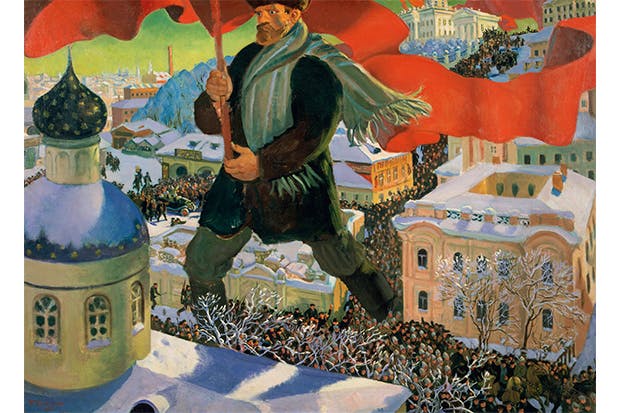
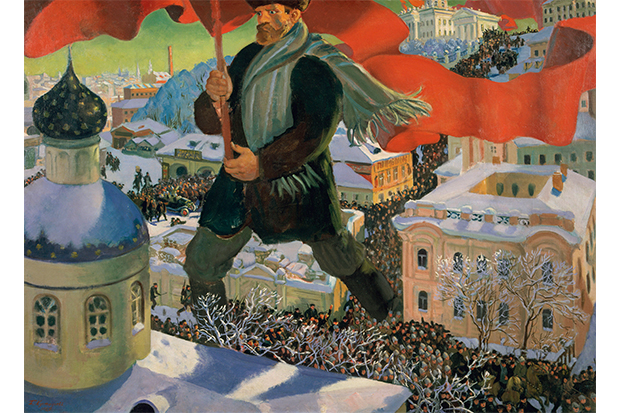


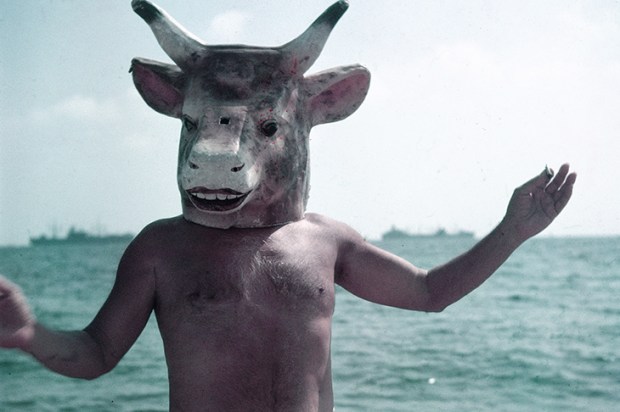
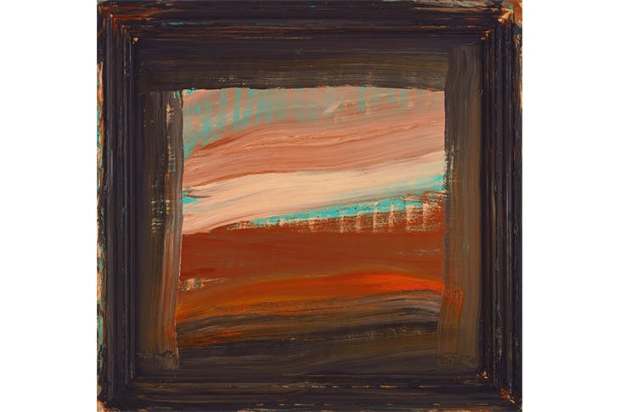
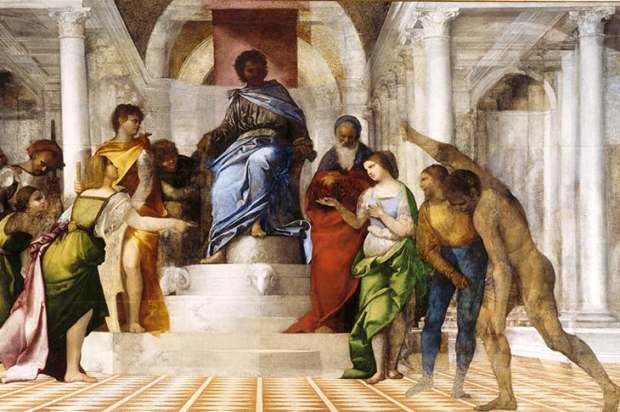






Comments
Don't miss out
Join the conversation with other Spectator Australia readers. Subscribe to leave a comment.
SUBSCRIBEAlready a subscriber? Log in